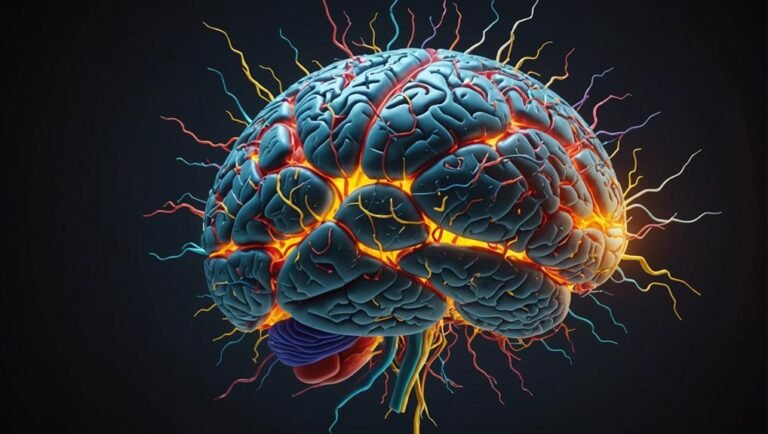Nerve Disorders Unraveled: A Comprehensive Exploration
Exploring the complex domain of nerve disorders reveals a intricate interplay of factors that influence their onset and progression. From neuropathy to radiculopathy, these conditions present a varied landscape of challenges that demand a nuanced approach to management. By delving into the depths of diagnostic modalities and emerging treatment avenues, the intricacies of nerve disorders come to light, offering a compelling narrative that underscores the imperative of proactive engagement with this multifaceted field.
Key Takeaways
- Symptoms include tingling, numbness, and muscle weakness.
- Understanding neuropathy, radiculopathy, and neuralgia is crucial.
- Causes: diabetes, infections, trauma, and autoimmune conditions.
- Diagnosis: MRI, nerve conduction studies, and blood tests.
- Treatment: multidisciplinary approach with medication and therapy.
Understanding Nerve Disorders
The complexity of nerve disorders necessitates a thorough understanding of their underlying mechanisms and manifestations. Nerve damage prevention and research advancements play an essential role in addressing these intricate conditions.
Lifestyle management and alternative therapies have also emerged as significant components in the holistic approach to managing nerve disorders. Recent research advancements have highlighted the importance of early intervention and targeted strategies to prevent nerve damage progression.
Incorporating lifestyle modifications such as regular exercise, balanced nutrition, and stress management techniques can complement traditional treatments. Moreover, exploring alternative therapies like acupuncture or mindfulness practices may offer additional benefits in alleviating symptoms and improving quality of life for individuals battling nerve disorders.
Common Types and Causes
Exploring the spectrum of common types and underlying causes of nerve disorders reveals a complex interplay of factors contributing to their pathogenesis and manifestations. Symptoms identification plays an important role in recognizing these disorders, which can range from tingling and numbness to muscle weakness and pain.
Understanding the various types, such as neuropathy, radiculopathy, and neuralgia, is essential for accurate diagnosis and management. Nerve disorders can stem from diverse origins, including diabetes, infections, trauma, and autoimmune conditions.
Prevention strategies, such as maintaining a healthy lifestyle, managing underlying medical conditions, and avoiding repetitive stress injuries, are key in reducing the risk of developing nerve disorders. By addressing symptoms promptly and implementing preventive measures, individuals can enhance their overall nerve health.
Diagnosis and Treatment Approaches
Identifying precise diagnostic markers and implementing targeted treatment modalities play essential roles in the thorough management of nerve disorders.
In the diagnostic phase, healthcare professionals may use a combination of imaging techniques such as MRI or nerve conduction studies to pinpoint the exact location and nature of the nerve damage. Additionally, blood tests may reveal underlying conditions contributing to the disorder.
Once diagnosed, treatment approaches often involve a multidisciplinary strategy. Conventional methods like medication and physical therapy are commonly employed. However, alternative therapies such as acupuncture or herbal remedies are sometimes considered.
Lifestyle modifications, including exercise regimens and dietary adjustments, can also complement traditional treatments to improve outcomes and quality of life for individuals with nerve disorders.
Conclusion
To sum up, the exploration of nerve disorders has shed light on the intricacies of these conditions, emphasizing the importance of early recognition and targeted interventions.
By delving into common types, causes, diagnosis, and treatment approaches, individuals can equip themselves with knowledge to navigate the complexities of nerve damage.
As the saying goes, 'knowledge is power,' and with a multidisciplinary approach and proactive measures, individuals can take charge of their nerve health and well-being.







